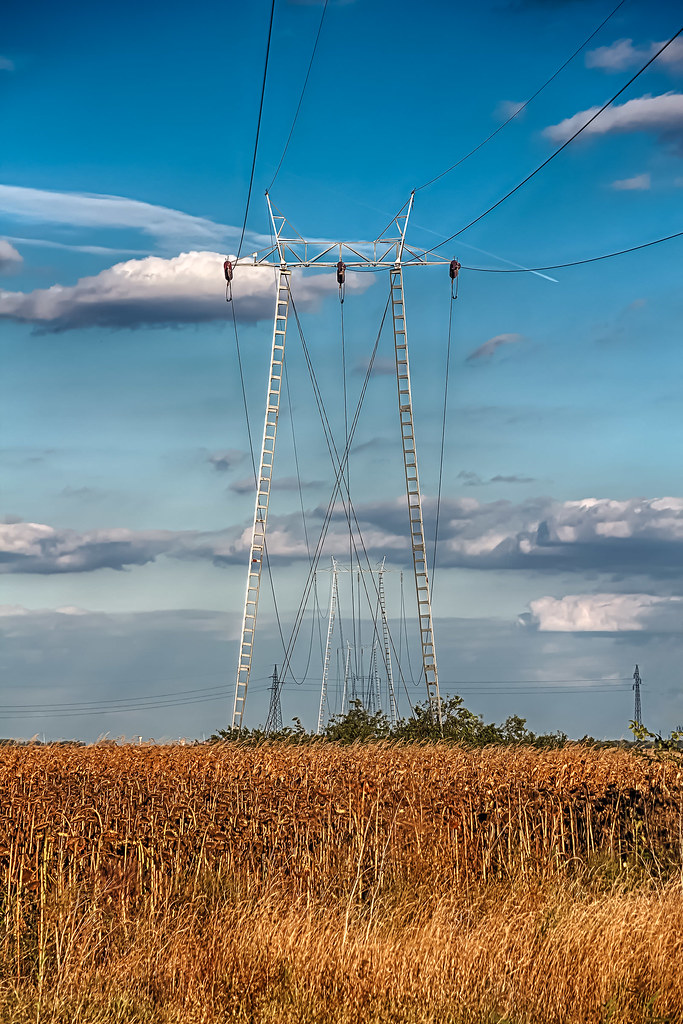An easement in California is a right to use someone’s property which right is something less than a full right of ownership. The right of use of an easement is restricted to that in the original grant of easement, and a common problem occurs when the easement user changes, which usually means expands, their use of the easement. The parties have to rely on the description in the grant of easement. But what if there is not much of a description? The courts recognize the “floating easement,” in which the grant does not describe the specific location. In a recent decision out of Ventura County the court described the floating easement and the rules for locating it on the ground.
 In Southern California Edison Company v. Severns, The plaintiff “SCE” had written grants of easement over some property. It was undisputed SCE may use the specified strips for utility purposes, but the parties disagreed as to whether SCE has the right to access that area by traversing other portions of the property. There were three grants:
In Southern California Edison Company v. Severns, The plaintiff “SCE” had written grants of easement over some property. It was undisputed SCE may use the specified strips for utility purposes, but the parties disagreed as to whether SCE has the right to access that area by traversing other portions of the property. There were three grants:
The Three Easements:
The Grantee [SCE] and its employees and agents, shall, at any time when necessary, and at all reasonable times, have free access to the said poles or H-frames, and fixtures thereon, for the purpose of constructing, repairing, renewing, maintaining, replacing and operating such electric lines.”
“The Grantee [SCE], its successors and assigns, and its and their respective agents and employees, shall have the right to trim or top such trees as may endanger or interfere with said electric line, and shall have free access to said electric line and every part thereof, at all times, for the purpose of exercising the rights herein granted.”
“The Grantee [SCE], its successors and assigns, and its and their agents and employees, shall have free access to said electric lines and every part thereof, at all times, for the purpose of exercising the rights herein granted.”
SCE claimed that the defendant unreasonably interfered with its easement rights by placing structures and trees on the property, by refusing to allow it to construct a new access route, and by blocking its access to the property for routine and emergency maintenance.
SCE claimed it is entitled to access its electrical facilities by any “feasible” route over the property. Severns argued SCE’s use of the property is limited to the specifically defined 10-foot wide strip.
 The Floating Easement
The Floating Easement
The court first described what are commonly known as “floating easements” — not specifically defined as to location by the creating conveyance. An easement granted in general terms, nonspecific as to its particular nature, extent or location, is valid. It entitles the holder to choose a ‘reasonable’ location and to use such portion of the servient tenement as may be reasonably necessary for the purposes for which the easement was created. The use actually made by the holder over a period of time fixes the location and the nature and extent of the use. Such an easement necessarily carries with it not only the right but also the duty to maintain and repair the structure or facility for which it was created.
The defendant argued that the “free access” language in the conveyances simply means SCE is entitled to move freely within the 10-foot wide metes-and-bounds easement area.
Where, as here, “an instrument conveys or reserves an unlocated, ‘floating’ easement, it is presumed that the parties intended to establish a reasonably suitable and convenient route in view of the anticipated needs of both parties.
The use of the easement in a particular course without objection by the owner of the servient tenement establishes [or fixes] the easement along the route used. Over time SCE developed access to the utility easements, which the owner over a long history did not object to. The floating easement became a fixed easement.
Photos
flickr.com/photos/intherough/3030235161/sizes/l/
flickr.com/photos/valinor-photo/14796701179/sizes/l/
 California Real Estate Lawyers Blog
California Real Estate Lawyers Blog

